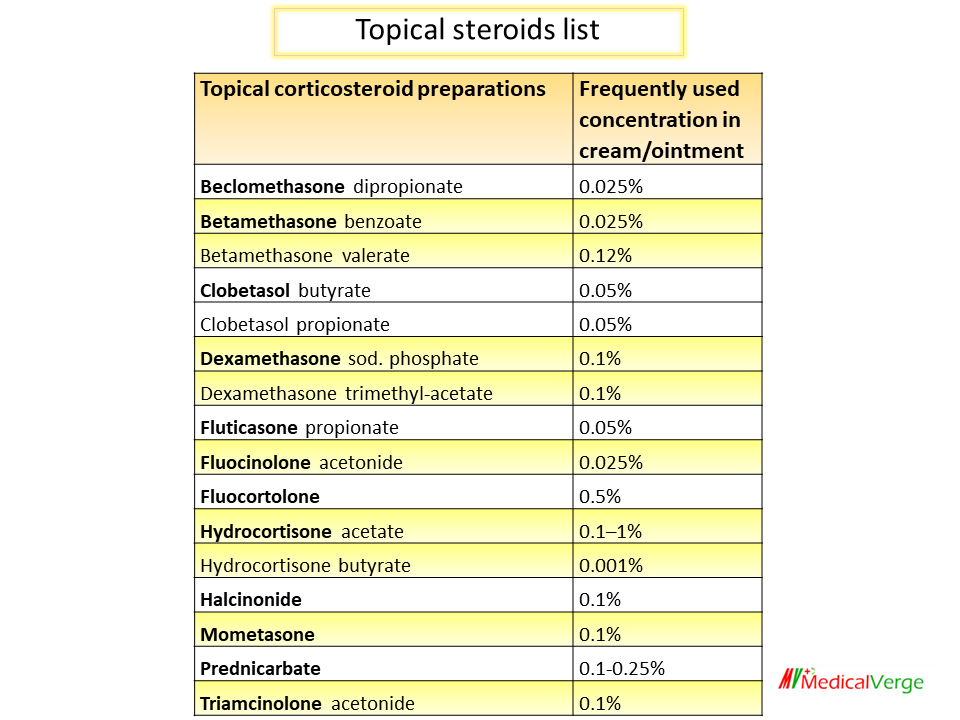Azelastine: dose, uses, side effects and properties
Azelastine is a newer H1 blocker, has good topical activity and additionally suppresses histamine release and inflammatory reactions caused by LTs (by inhibiting lipoxygenase) and PAF. It has been demonstrated to reduce intracellular adhesion molecule-1 (ICAM-1) expression on nasal mucosa after intranasal administration. It has a t½ of 24 hours, however due to the active […]
Azelastine: dose, uses, side effects and properties Read More »



